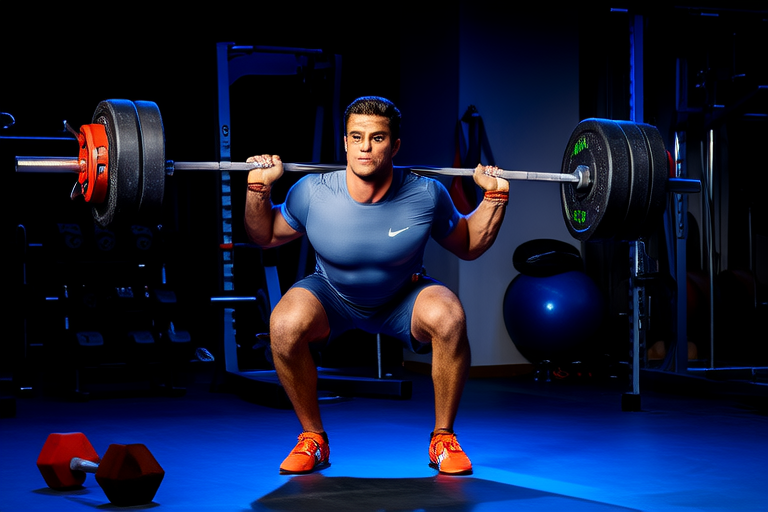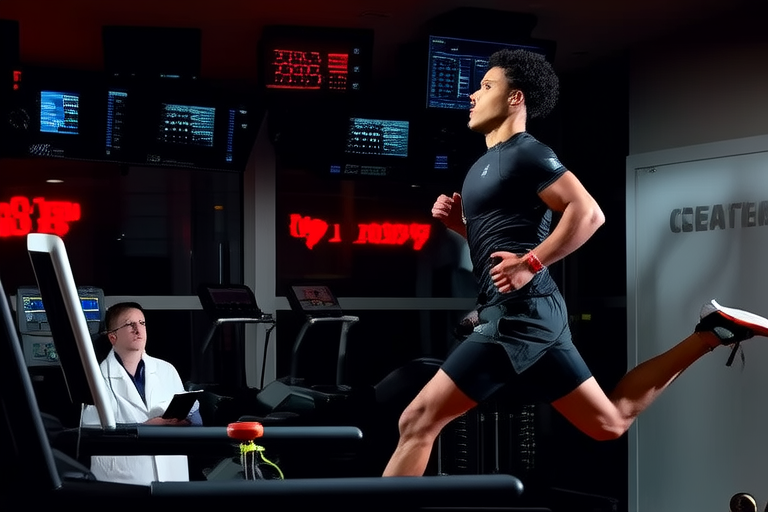Boosting Performance: A Guide to Sports Science and Essential Precautions
The world of competitive sports is constantly evolving, driven by advancements in technology, training methods, and scientific understanding. At the heart of this evolution lies sports science, which encompasses various disciplines aimed at enhancing athletic performance while prioritizing the safety and well-being of athletes. From optimizing nutritional intake to understanding the intricacies of exercise physiology, sports science plays a crucial role in helping athletes reach their full potential. This guide explores the key aspects of sports science and provides actionable insights for both aspiring and professional athletes.
Introduction: The Role of Sports Science in Athletic Performance
Sports science integrates knowledge from fields such as physiology, psychology, biomechanics, and nutrition to provide evidence-based strategies that can improve athletic performance. By applying these principles, athletes can enhance their physical capabilities, reduce the risk of injury, and achieve better overall health. It is important to emphasize that while pushing boundaries is part of being an athlete, doing so safely ensures longevity in the sport and prevents unnecessary harm.
Nutrition: Fueling the Athlete’s Body
Macronutrient Balance
Proper nutrition is foundational to athletic performance. An athlete’s diet should be carefully balanced to ensure they receive adequate amounts of carbohydrates, proteins, and fats. Carbohydrates serve as the primary source of energy during high-intensity activities, whereas proteins aid in muscle repair and growth. Fats provide a secondary source of energy and support hormone production. Tailoring macronutrient ratios based on individual needs and training goals is critical.
Hydration Strategies
Staying hydrated is essential for maintaining optimal bodily functions. Dehydration can lead to decreased endurance, impaired cognitive function, and increased risk of injury. Athletes should aim to drink water throughout the day and adjust their intake according to the intensity and duration of their workouts. Electrolyte supplements may also be necessary during prolonged or intense sessions to replenish lost minerals.
Exercise Physiology: Understanding the Body’s Response to Training
Cardiovascular Endurance
Enhancing cardiovascular endurance involves improving the efficiency of the heart, lungs, and circulatory system. Regular aerobic exercises like running, cycling, and swimming help increase maximal oxygen uptake (VO2 max), which measures how effectively the body uses oxygen during physical activity. Interval training, where short bursts of intense effort alternate with periods of rest or lower-intensity work, has been shown to significantly boost VO2 max.
Muscle Strength and Power
Building muscle strength and power requires resistance training, which includes weightlifting, plyometrics, and other forms of resistance exercises. Progressive overload, gradually increasing the weight or difficulty of exercises over time, is key to promoting muscle growth and adaptation. Additionally, incorporating compound movements that engage multiple muscle groups simultaneously can maximize gains in strength and power.
Recovery Techniques: Supporting Long-Term Performance
Active Recovery
Active recovery involves engaging in light physical activity after intense training to promote blood flow, reduce muscle soreness, and facilitate the removal of metabolic waste products. Low-intensity exercises such as walking, swimming, or yoga are ideal for active recovery days.
Rest and Sleep
Adequate rest and sleep are vital for recovery and performance enhancement. During sleep, the body repairs tissues, consolidates memories, and regulates hormones. Athletes should prioritize getting 7-9 hours of quality sleep per night and establish routines that promote relaxation before bedtime.
Mental Preparation: The Mind-Body Connection
Goal Setting
Setting realistic and achievable goals helps athletes stay motivated and focused. Goals should be specific, measurable, attainable, relevant, and time-bound (SMART). Short-term objectives can serve as stepping stones toward larger milestones, providing a sense of accomplishment along the way.
Mindfulness and Visualization
Mindfulness practices, such as meditation and deep breathing exercises, can enhance focus and reduce stress. Visualization techniques involve mentally rehearsing performance scenarios, which can build confidence and improve execution under pressure.
Preventing Injuries: Protecting Against Harm
Warm-Up and Cool Down
Proper warm-up and cool down routines prepare the body for exercise and aid in recovery. Warm-ups should include dynamic stretches and light cardio to increase heart rate and blood flow, while cool downs consist of static stretching to improve flexibility and reduce muscle tension.
Strength Training for Injury Prevention
Strength training exercises that target stabilizing muscles and improve joint stability can prevent common injuries. For example, core strengthening exercises benefit nearly every aspect of performance and reduce the likelihood of lower back issues.
Essential Precautions: Maintaining Long-Term Health and Wellness
In addition to optimizing performance, athletes must take precautions to safeguard their long-term health and wellness. This includes regular medical check-ups, maintaining a healthy lifestyle outside of training, and listening to the body when signs of fatigue or injury arise. Overtraining can lead to burnout and increased susceptibility to illness, so it is crucial to balance rigorous training with sufficient rest and recovery.
By integrating the principles of sports science into daily routines, athletes can maximize their potential while minimizing risks. Nutrition, exercise physiology, recovery techniques, and mental preparation all play significant roles in achieving peak performance. Taking essential precautions further ensures that athletes remain healthy and capable of enjoying their chosen sport for many years to come.









